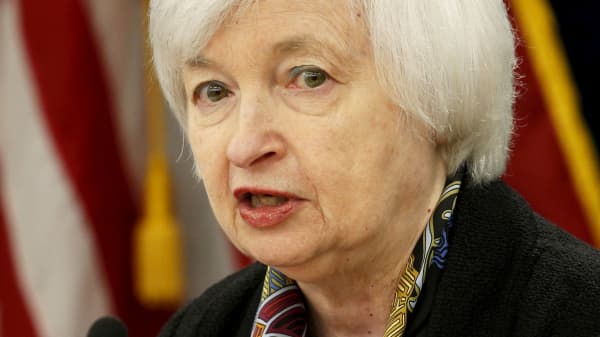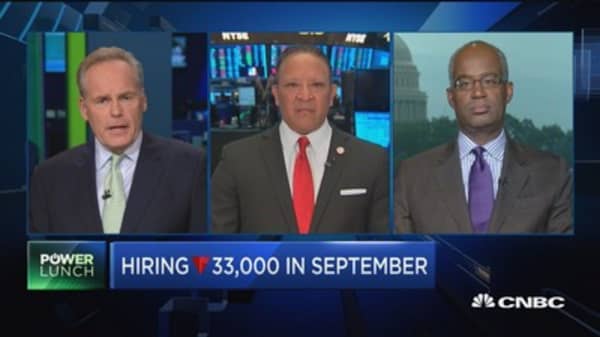The real story in the September employment report wasn't the weakness in hiring last month, but rather the broad-based strength in the rest of the data. While nonfarm payrolls fell a hurricane-related minus-33,000 in September, the first drop in seven years, significant pockets of strength can be found elsewhere in the release.
For example, household employment, a complimentary series to the payroll data which tend to be less affected by the weather, rose a massive 906,000 last month. This was the largest monthly increase in nearly four years. Last quarter alone, household employment increased nearly 1.2 million compared to just 274,000 in the payroll series.
The big gain in household employment had several positive effects. One, it helped lower the unemployment rate by a couple of tenths to 4.2 percent, which is a new cyclical low. We have to go all the way back to February 2001 to find a similarly low unemployment rate. But the good news does not just stop here.
Two, the U-6, the most comprehensive measure of labor underemployment that captures people who left the workforce as well as those who can only find part-time jobs, fell 0.3 percent to 8.3 percent. This series is now 60 basis points below it pre-financial crisis/Great Recession average. Perhaps this tightening in labor-market conditions is finally putting some upward pressure on wages.




